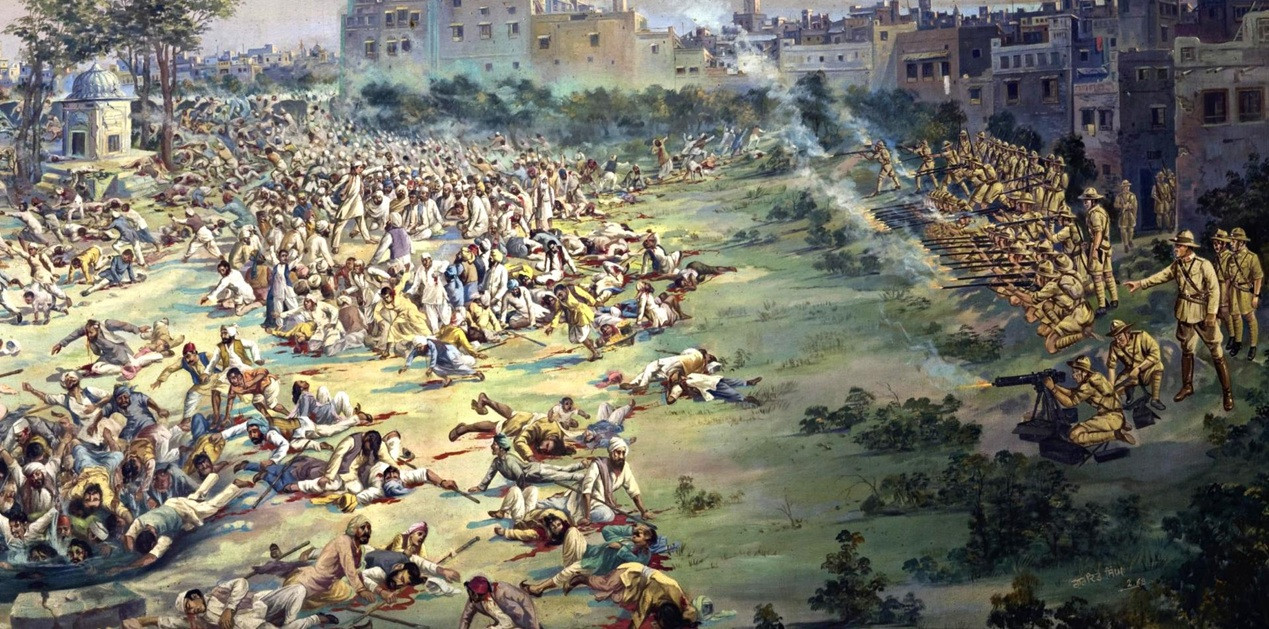The Siege of Leningrad: 900 Days of Courage, Starvation, and Survival
World War II was filled with countless moments of destruction and tragedy, but few compare to the horrifying endurance of the people trapped inside Leningrad. For almost two and a half years, the city—now known as Saint Petersburg—was surrounded by German and Finnish forces, cut off from the rest of the world. Yet through unimaginable hunger, death, and cold, its citizens refused to give up their home.
The Beginning of the Siege
In June 1941, Adolf Hitler launched Operation Barbarossa, the massive invasion of the Soviet Union. One of his key goals was to capture Leningrad, a city of great industrial, cultural, and symbolic importance. By September 8, 1941, German forces had completely encircled the city. Roads and railways were cut off, and supplies stopped coming in. The Siege of Leningrad had begun.
A City Under Lockdown
The blockade quickly turned the city into a prison. Food, electricity, and fuel ran out. The winter of 1941–42 was one of the coldest on record, and citizens faced starvation. Daily rations dropped to as low as 125 grams of bread per person—barely enough to survive. People ate wallpaper paste, sawdust, and even boiled leather to keep from starving.
“We were so hungry that the smell of bread drove us crazy.” – Diary of Tanya Savicheva, 11 years old
The Human Cost
More than one million people are believed to have died during the siege, most from starvation and cold. Entire families perished in their apartments. Yet the city did not surrender. Schools operated in basements, theaters reopened when possible, and musicians played symphonies even as bombs fell outside.
One of the most symbolic moments came in August 1942, when composer Dmitri Shostakovich’s “Leningrad Symphony” was performed in the besieged city. The music, broadcast on loudspeakers toward enemy lines, was a declaration that Leningrad was still alive.
The Road of Life
During the harsh winters, the only lifeline to the outside world was across the frozen surface of Lake Ladoga. Known as the “Road of Life,” it allowed trucks to bring limited food and evacuate civilians under constant German fire. Thousands of drivers risked their lives on the icy route, often losing vehicles to shellfire or thin ice. Still, it gave the city hope.
- September 1941 – German troops encircle Leningrad, cutting off all routes.
- Winter 1941–42 – Starvation peaks; hundreds die each day.
- 1942–43 – Soviet convoys cross the frozen Lake Ladoga, saving thousands.
- January 27, 1944 – The siege is finally broken after 872 days.
The End of the Siege
On January 27, 1944, Soviet forces broke through German lines and lifted the siege. What they found inside the city was devastating—streets filled with abandoned buildings, frozen corpses, and survivors who were mere shadows of themselves. Despite the suffering, Leningrad had not surrendered. It became a symbol of Soviet resilience and human strength in the face of unimaginable hardship.
The Legacy of Leningrad
Today, the Siege of Leningrad is remembered as one of the darkest chapters of World War II. It stands as a reminder of the human cost of war, but also of the extraordinary courage that ordinary people can show in the worst circumstances. Monuments, museums, and diaries from survivors continue to tell the story of those 900 days—so that the world never forgets what happened when a city refused to die.
“No one is forgotten, nothing is forgotten.” – Inscription at the Piskaryovskoye Memorial Cemetery, Leningrad
The Siege of Leningrad will forever remain a symbol of endurance, showing that even in the face of starvation, fear, and destruction, the human spirit can survive against all odds.



